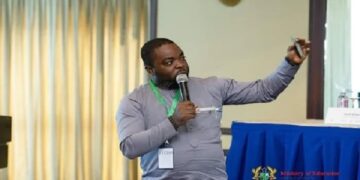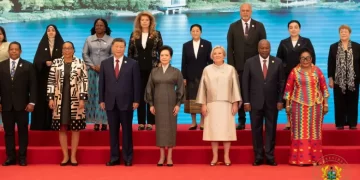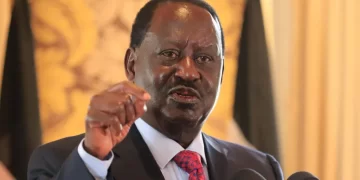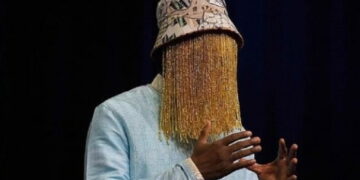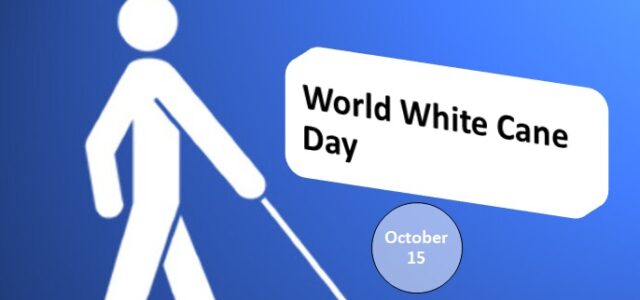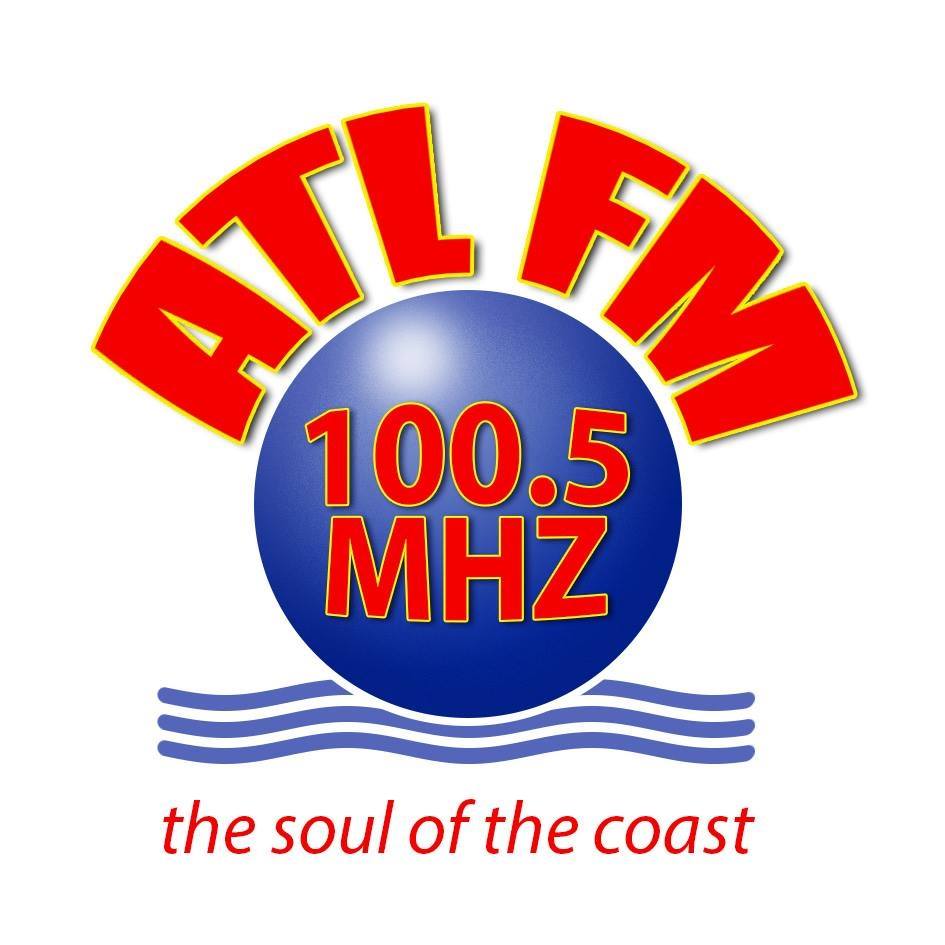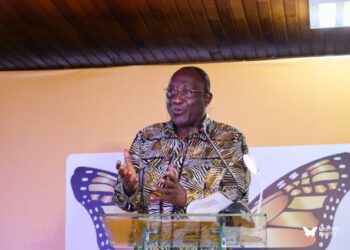Before the invention of the white cane, many individuals with visual impairment faced mammoth challenges in their day-to-day movement. It was difficult if not impossible for them to move freely and on their accord to places of their choice. This feeling of frustration arose from the fact that they had to depend on people who are charitable enough to escort them. Even if people were willing to act as guides, it was certainly not pleasing and comfortable to continually count on people who you knew had other errands to run hence dashing any hopes of engaging their services all the time. But this, to many people with visual impairment, was not the greatest obstruction to their movement. These people were amply aware of the extraordinarily significant increase in vehicular movement on the roads and this they knew constituted an existential threat not only to their movement but to their life since they could be run over by speeding vehicles.
Though the mobility challenge had been partially solved by using walking sticks which could probably be called walking canes and not white canes as we have today, the colour of these sticks operated against their visibility and many motorists could not see them when they were being used by this community of people. To solve this defect, the walking canes were painted white and coated with reflectors to enhance their visibility to all road users and other people.
Read also: UCC-VC cuts sod for the construction of 120 academic offices and 12 labs worth GHC 151m
The invention of the white cane in the twentieth century came as a great beacon light of hope to many people living with visual impairment. It was for them, a giant step towards asserting the independence of the visually impaired person. To them, it was not just a tool but more significantly, it was a symbol of independence and autonomy.
The white cane, a special walking stick adorned with reflectors made to facilitate the free movement of blind or visually impaired individuals, has proved to be effective in those areas where utmost reverence is accorded it. Laws have been enacted to ensure that people using this special walking stick are not obstructed. For instance, when a visually impaired person is crossing the road using a white cane, all traffic must stop for that person to pass. Additionally, people must pave way for persons using this cane. Furthermore, to obviate the possibility of people abusing this mobility aid, the laws regarding the use of the cane criminalizes the use of it by persons who are not blind or visually impaired. Also, the white cane has been made available to all persons with visual impairment at little or no cost. These progressively minded nations not only enacted laws to regulate the use of the cane, they also set aside a day for awareness on this device to be created so that as many as possible would come to appreciate the essence and implications of this cane since these architects of the white cane at once knew that their effort would be in vain if nothing is done to rouse the conscience of all and sundry about the significance of this symbol of independence. Armed with this knowledge, relentless crusades were launched purposely aimed at catching the attention of the political leaders who they knew were the ones who could bring many around this idea by making space for awareness creation.
Years of advocacy eventually culminated in the House of congress passing a joint resolution on 6th October 1964 permitting the president to declare October 15th as national white cane day or White Cane Safety Day. This momentous act has since been replicated across many countries giving what was initially a national event an international outlook and acceptance.
Though Ghana has traditionally marked every 15th of October as white cane day, very few people know about this event and even fewer are aware of the significance of the white cane. This concerningly low level of awareness about this important event is partly due to the seemingly apathetic attitude of successive governments towards the occasion. Notwithstanding this, the various organizations representing persons with impairments are also liable since their lack of activism means solemn occasions like the white cane day are incredibly unpopular among the general populace. The combined effects of these phenomena are that even the visually impaired community in the nation lack access to this basic necessity of their lives and are still dependent on others for movement. The taxes imposed on these devices also make it difficult if not impossible for many people to acquire them.
As we mark international white cane day, it is hoped that the government takes a second look at the taxes imposed on assistive devices so that owning them will not be a luxury but rather a basic necessity if we intend to attain a truly inclusive society and make this nation a better place for all. Besides this, the various organizations representing the interests of persons with impairments must rise from their torpor and lead advocacy campaigns to make assistive devices affordable for all who need them. They must also endeavour to raise the awareness of the population who still, unfortunately, remain ignorant about the significance of the white cane hence refusing to regard it let alone granting the privileges that come with using it. The media which wield much influence in our current society can also allot time on these special occasions for resource persons to draw the attention of people to the need to respect the white cane and those who use it. We all have a role to play in ensuring that the walls of hostilities that inhibit the attainment of a truly inclusive society are torn down so that all Ghanaians, whether or not they are impaired can live a normal and stress-free life. We must create a challenging yet accepting environment for all irrespective of the person’s limitations. This way, we will be able to hew out of the mountain of despair, a stone of hope. We will be able to live together and help one another as we find lasting solutions to the challenges that threaten our nation.
SOURCE: Elias Kodelogo. Graduate: University of Cape Coast, Ghana.





